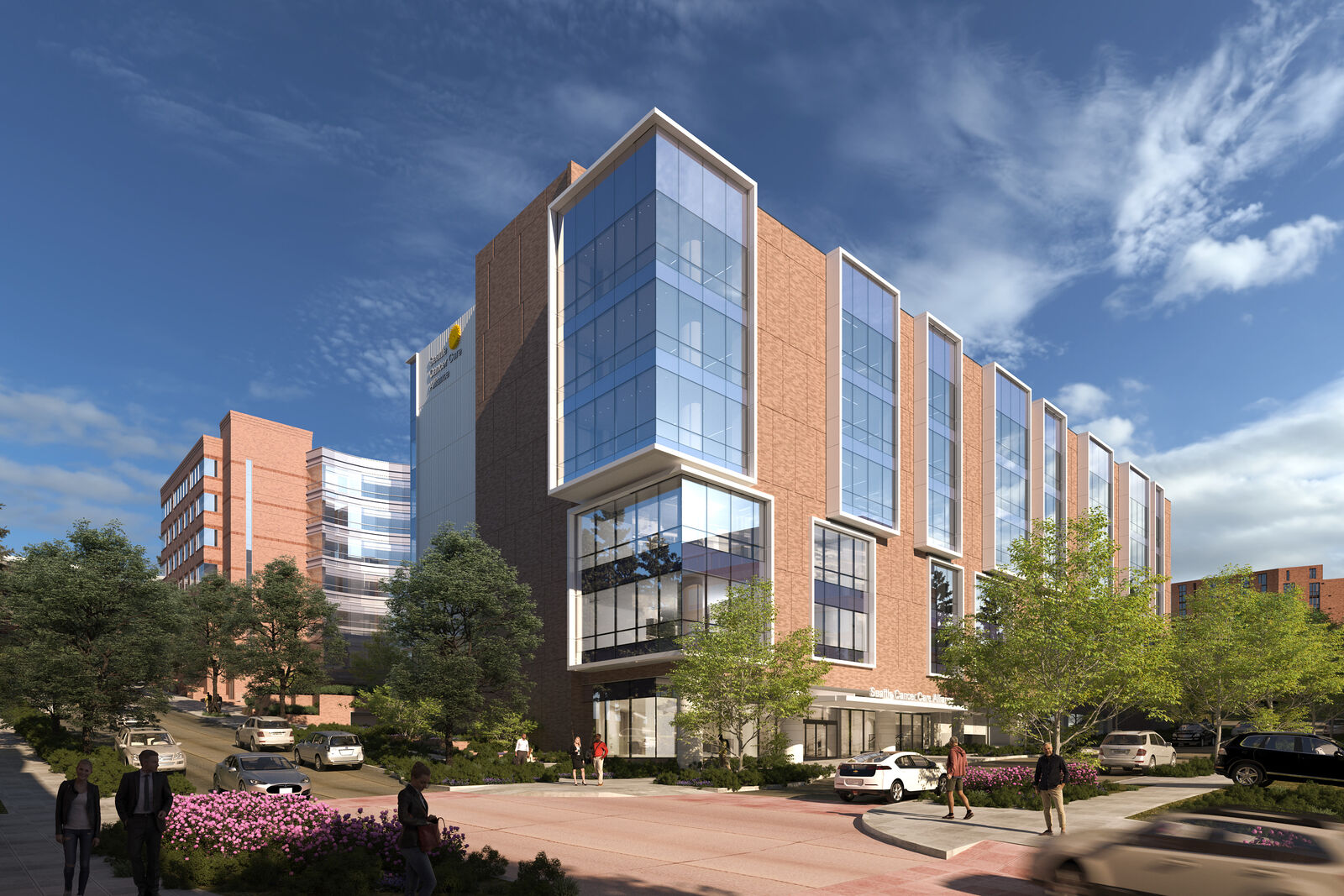

Creating a Home for Interdisciplinary Research
Fred Hutchinson Cancer Research Center
Laboratories and Research
Dr. Bill Hutchinson knew personally the need to find cures to the world’s most life-threatening diseases when his brother, legendary baseball player Fred Hutchinson, lost his life at the age of 45 to cancer. This experience inspired him to establish the Fred Hutchinson Cancer Research Center, a renowned Nobel Prize winning institution.
In 1988 after a decade of steady growth, the institute sought to create its own campus to accommodate expansion and improve its ability to conduct research. The goal was to provide a collegial environment where world-class scientists could flourish, generating new discoveries through interdisciplinary connection and interaction. The pioneering spirit of the research center drove leadership to put down stakes on the shores of Seattle’s Lake Union in what was then a largely underdeveloped, industrial district.
Drawn to ZGF’s reputation for building community through design, The Hutch selected us to master plan and design the campus as a collective of interrelated yet separate buildings. Brick provides the unifying aesthetic, recalling the neighborhood’s industrial roots, while covered walkways, bridges, and outdoor spaces connect the entire campus.
Location
Seattle, Washington
Square Feet
106,000
Completion date
2020
Project Component
Adaptive Reuse
Interior Design

The five-acre, 15 building campus anchors Seattle’s South Lake Union neighborhood, now the epicenter for high technology and innovation in the Pacific Northwest.

Architectural sculptor Ed Carpenter’s Vessel is the campus centerpiece. Rising more than four stories in a transparent and searching gesture, the Vessel uses light to represent the optimistic spirit of the institution.

Courtyards, daylight, and connections to the outdoors provide places for respite.

Seattle Cancer Care Alliance, a consortium with University of Washington Medicine and Seattle Children’s Hospital, is the clinical arm of Fred Hutch, providing outpatient care for patients with cancer and other diseases. Phase one, completed in 1997, is currently under expansion to double its size.
Twenty five years later, the 1.3 million square foot campus includes thirteen buildings organized around a central art filled courtyard, and in close proximity to research and patient care partners at Seattle Cancer Care Alliance, University of Washington, Seattle Children’s Hospital and the Bill and Melinda Gates Foundation. The center also catalyzed the neighborhood, now home to Amazon’s headquarters, Facebook, Google, and many other research and technology clients.
As the search for cures continues to evolve, the acquisition of the 100+ year old historic Lake Union Steam Plant, immediately adjacent to campus, is being transformed into a new kind of research environment. Beneath the iconic smokestacks that lit up an earlier era, world-class data scientists and the most experienced immunotherapy researchers are co-located in a new workplace environment featuring open office and shared labs, reinforcing Bill Hutchinson’s belief that breakthroughs can happen through chance encounters.

In 2018, Fred Hutch acquired Seattle’s historic Steam Plant, which co-locates researchers in biology, data science and technology focused on individualized medicine to better predict prognosis and improve outcomes through tailored therapies.

The open concept workplace environment is designed to accelerate highly collaborative science.

The Steam Plant gives researchers in complementary disciplines the chance to work side by side to drive discoveries and develop new treatments.

Consistent with the campus’ original buildings, extensive glazing in labs, offices, and corridors maximize transparency, views, and daylight, reinforcing the center’s commitment to health, wellness and sustainability.
The campus has received over 50 awards for design and environmental stewardship.



